2016, Hörsalen, Kulturhuset Stadsteatern, Stockholm
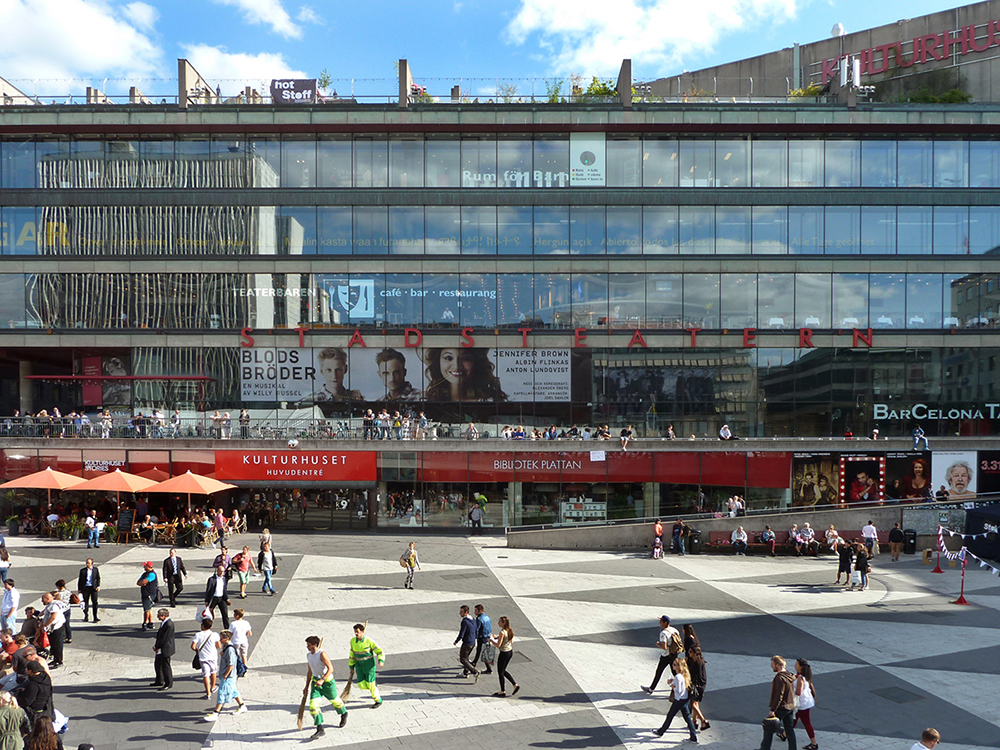
The works duration was 75 minutes, and the audience focus shifted between here and now, to personal associations and thoughts. Fiction was produces from documented situations as a natural consequence of the minds ability to travel.
Kulturhuset is a huge cultural institution and Hörsalen is one of several theater spaces within the building. Architecture can be understood as a record of its time, displaying values and ideologies in its character. Kulturhuset was erected in 1974, and Kulturhuset became subject for great political discussions as many citizens saw it as a symbol of the urbanization project Millionprogrammet, that Stockholm underwent at the time.
Choreography for Hörsalen was an architectural portrait and a reflection of how social democratic ideologies from the 70s meet the current political and social conditions of our own time. There is a gap between the function of the house today and the diverse ambitions visible in architect Celsings drawings, and several paradoxes were presented in the manuscript.
Hörsalen usually takes shape as a blackbox theater. In this project it was important to me that the city center of Stockholm was not neglected, but that the work was a part of the city. For this reason I choses to expose the large windows so daylight, birds and traffic were integrated elements in the performance. It is possible to drift to other places and temporalities without shutting the immediate surroundings off.
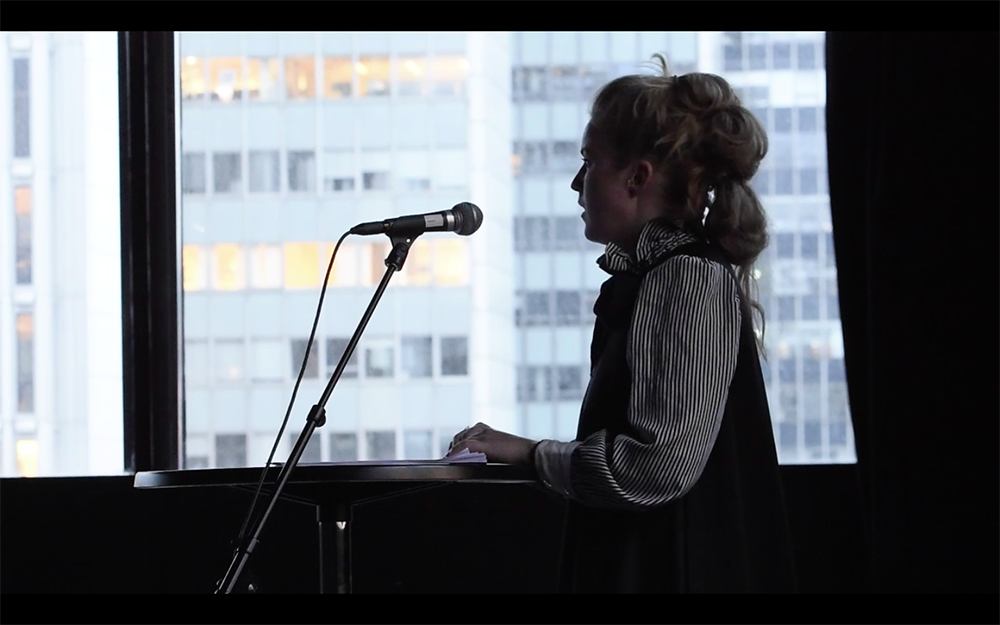
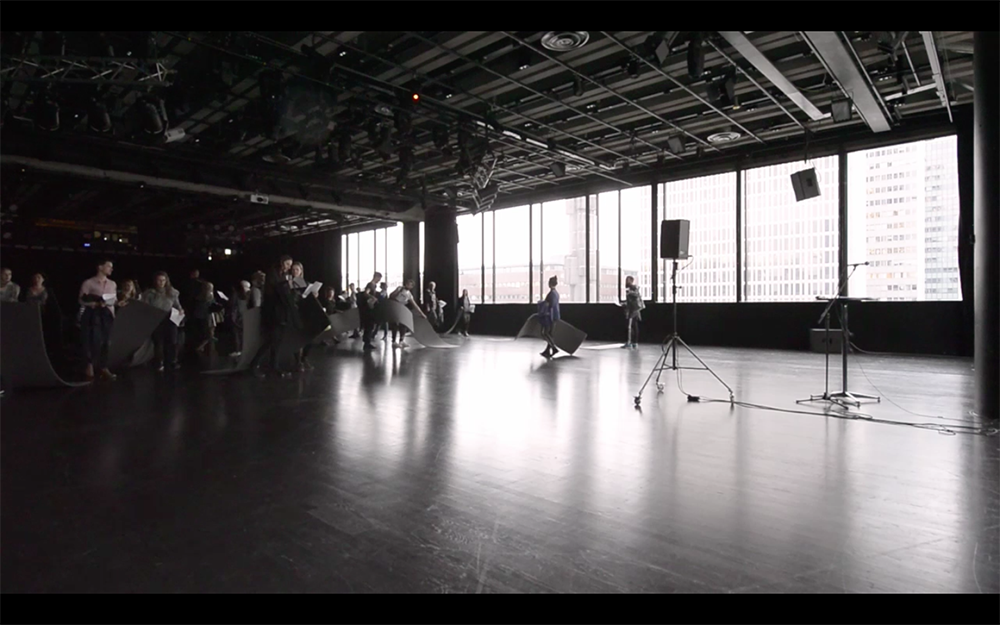
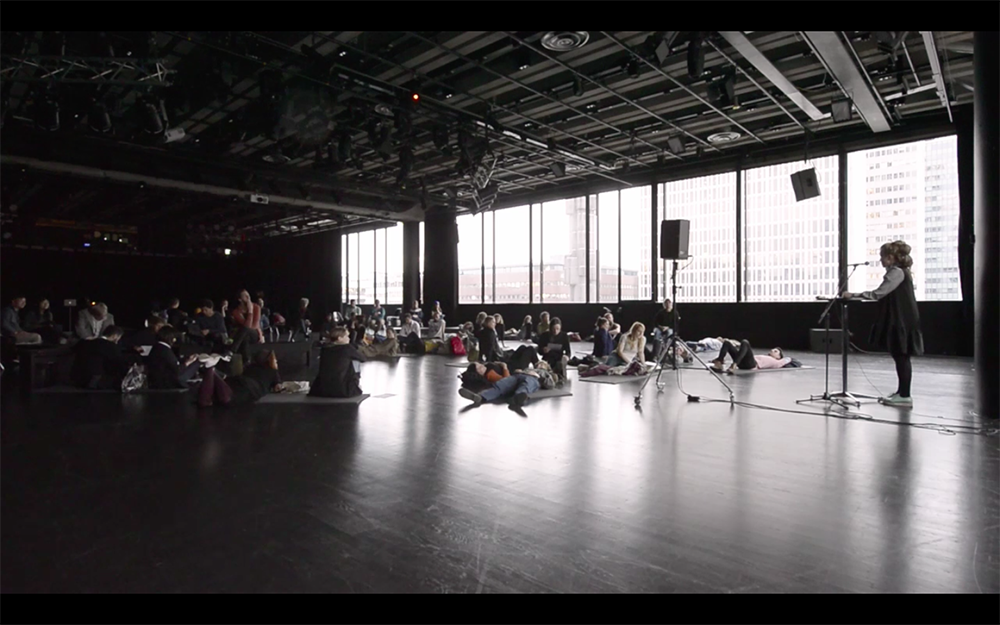
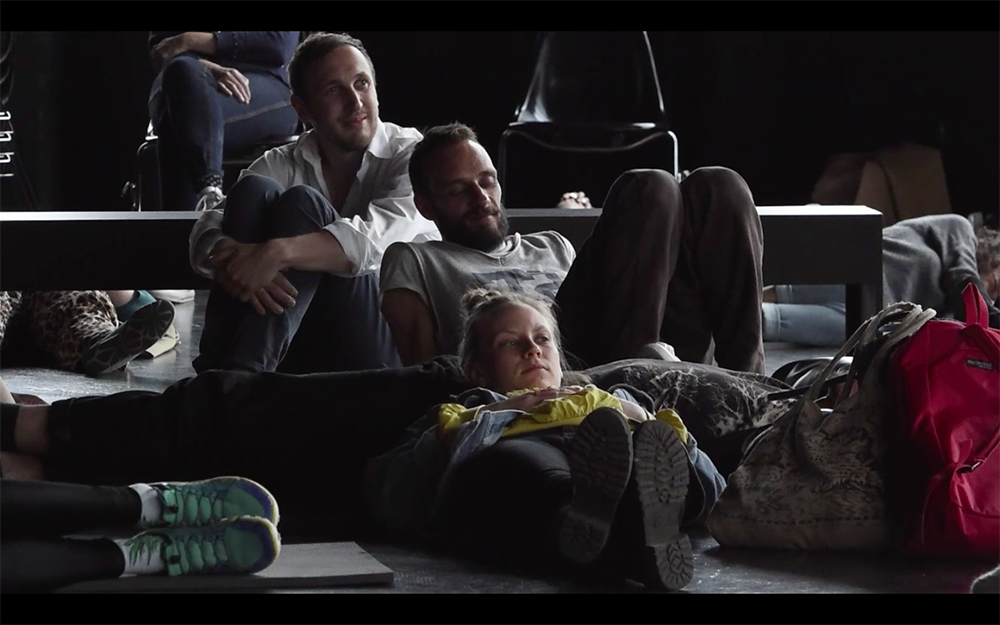
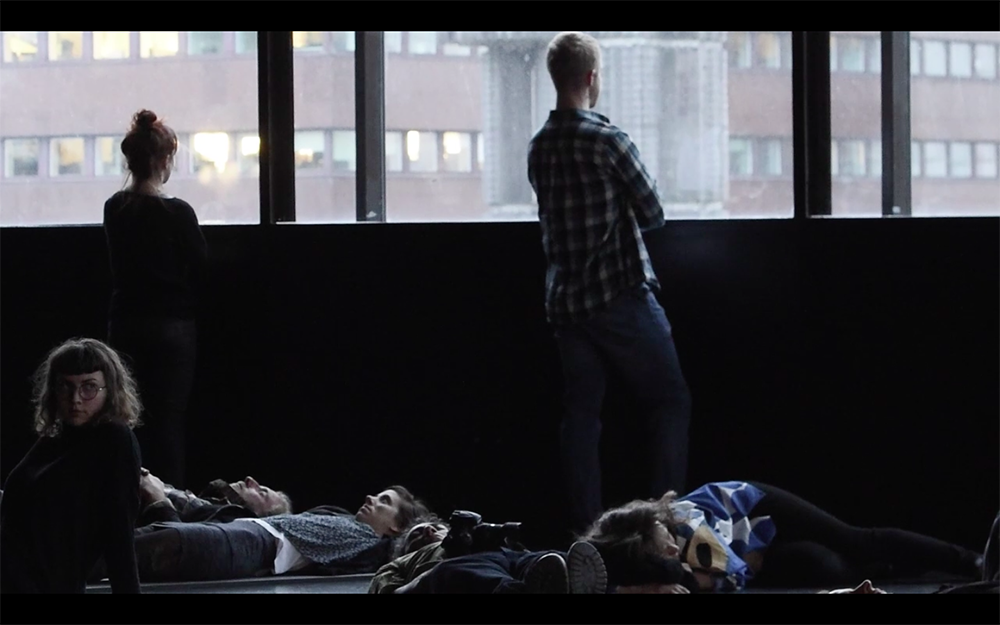
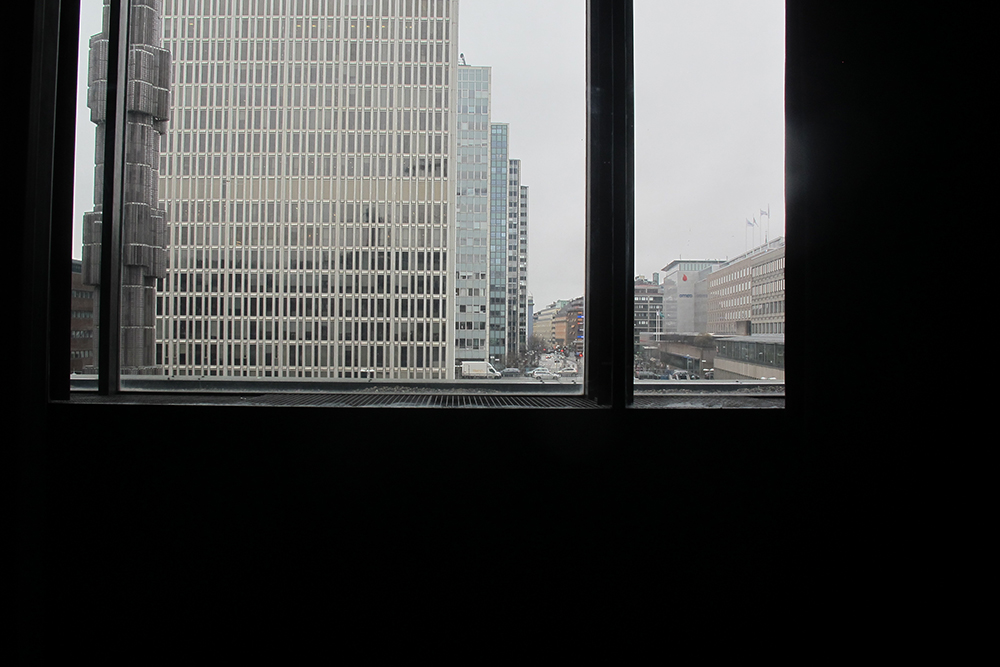
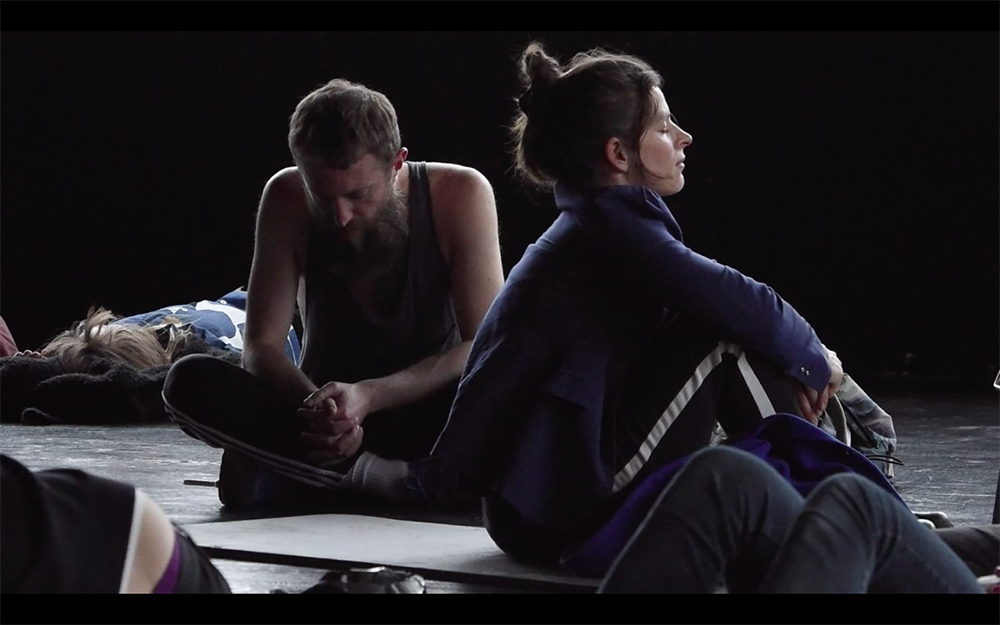
Supported by: Sidney Leoni and Zoë Poluch